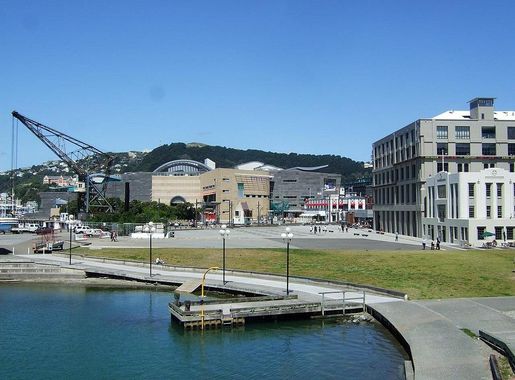
Wellington: The Windy Capital of Culture and Cuisine
Discover Wellington: New Zealand's capital of culture, cuisine, and natural beauty. Explore museums, enjoy scenic views, and indulge in a vibrant culinary scene.
Wellington, nestled between a sparkling harbor and rolling green hills, is New Zealand's vibrant capital city. Known for its artistic flair, it is often referred to as the cultural capital of the country. The city's compact size makes it easy to explore on foot, with a delightful mix of historic architecture, boutique shopping, and an excellent selection of cafes and restaurants. Te Papa Tongarewa, the national museum, is a must-visit for anyone interested in New Zealand's natural and cultural heritage. The museum is located on the waterfront, which is also home to many other attractions such as the Wellington Cable Car, offering stunning views of the city and its coastline. From the top, you can wander through the beautiful Botanic Garden or visit the observatory. Wellington is also a gateway to some of the country's best natural landscapes. Just a short drive or ferry ride away, you can explore the wild beauty of the South Coast and the scenic wine regions of Wairarapa and Marlborough. For Lord of the Rings fans, a tour of the famous filming locations around Wellington is a memorable experience. The city's culinary scene is renowned, with an array of eateries that showcase the best of New Zealand's produce. From gourmet restaurants to food trucks, Wellington offers something for every palate. Be sure to sample the local coffee, as the city is famous for its cafe culture. Whether you're an art lover, a foodie, or an outdoor enthusiast, Wellington offers a diverse and enriching experience that captures the spirit of New Zealand.
Local tips in Wellington
- Wear layers; Wellington's weather is known for changing quickly.
- Take the Cable Car to enjoy panoramic city views and visit the Botanic Garden.
- Explore Cuba Street for unique shopping and dining experiences.
- Visit the Wellington Night Market for a taste of the city's diverse cuisine.
- Check out the local coffee culture; Wellington is home to many excellent cafes.
Neighbourhoods in Wellington
Wellington: The Windy Capital of Culture and Cuisine
Wellington, nestled between a sparkling harbor and rolling green hills, is New Zealand's vibrant capital city. Known for its artistic flair, it is often referred to as the cultural capital of the country. The city's compact size makes it easy to explore on foot, with a delightful mix of historic architecture, boutique shopping, and an excellent selection of cafes and restaurants. Te Papa Tongarewa, the national museum, is a must-visit for anyone interested in New Zealand's natural and cultural heritage. The museum is located on the waterfront, which is also home to many other attractions such as the Wellington Cable Car, offering stunning views of the city and its coastline. From the top, you can wander through the beautiful Botanic Garden or visit the observatory. Wellington is also a gateway to some of the country's best natural landscapes. Just a short drive or ferry ride away, you can explore the wild beauty of the South Coast and the scenic wine regions of Wairarapa and Marlborough. For Lord of the Rings fans, a tour of the famous filming locations around Wellington is a memorable experience. The city's culinary scene is renowned, with an array of eateries that showcase the best of New Zealand's produce. From gourmet restaurants to food trucks, Wellington offers something for every palate. Be sure to sample the local coffee, as the city is famous for its cafe culture. Whether you're an art lover, a foodie, or an outdoor enthusiast, Wellington offers a diverse and enriching experience that captures the spirit of New Zealand.
When is the best time to go to Wellington?
Iconic landmarks you can’t miss
Museum of New Zealand Te Papa Tongarewa
Explore the rich cultural tapestry and natural wonders of New Zealand at the Museum of New Zealand Te Papa Tongarewa in Wellington.

Wellington Botanic Garden
Explore the beauty of Wellington Botanic Garden, a tranquil oasis filled with stunning landscapes and diverse plant life in New Zealand's vibrant capital.
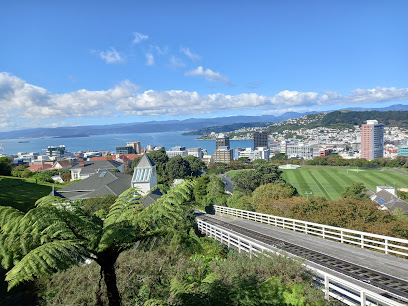
Wellington Cable Car
Discover breathtaking views and rich history aboard the Wellington Cable Car, a unique transport service connecting the city to stunning landscapes.
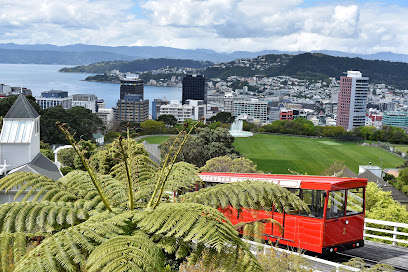
Mount Victoria Lookout
Discover stunning panoramic views at Mount Victoria Lookout, a must-see observation deck in Wellington, New Zealand, perfect for nature lovers and photographers.
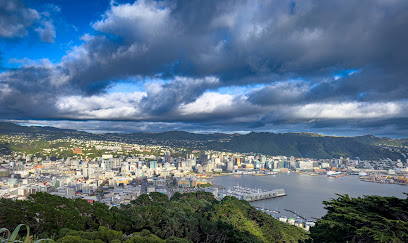
Zealandia Te Māra a Tāne
Explore Zealandia Te Māra a Tāne, Wellington's premier wildlife refuge, where native species flourish in a stunning natural setting.
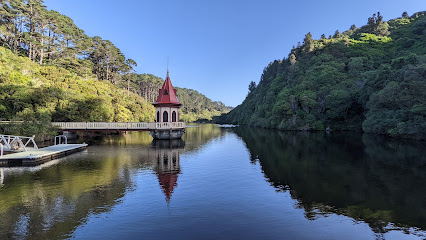
Wētā Cave
Explore the magic of filmmaking at Wētā Cave, where iconic movie props and special effects come to life in a captivating experience.
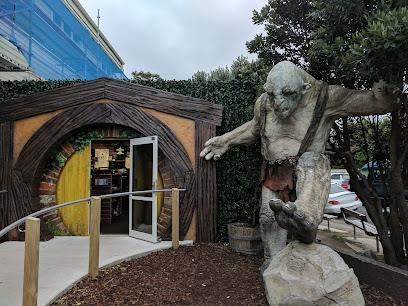
Wellington Museum
Discover the rich maritime history and cultural heritage of Wellington at the captivating Wellington Museum, a must-visit for every traveler.

Wellington Waterfront Walk
Discover the breathtaking Wellington Waterfront Walk, where stunning views, vibrant culture, and delicious dining options await every visitor.
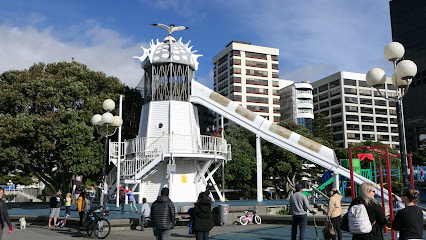
TSB Arena
Experience the vibrant events at TSB Arena in Wellington, a premier venue for concerts, sports, and conferences in the heart of New Zealand's capital.
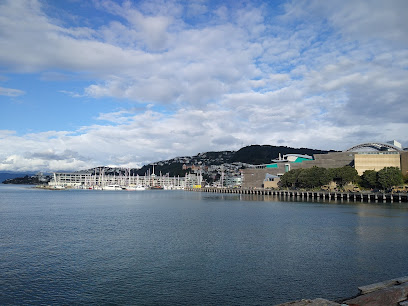
Cable Car Museum
Experience the rich history of Wellington's iconic cable cars at the Cable Car Museum, where engineering meets breathtaking views.
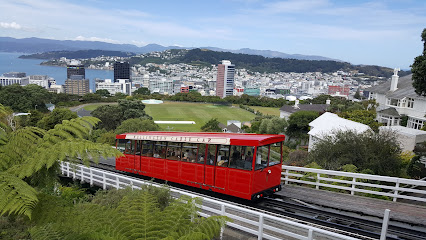
City Gallery Wellington
Explore contemporary art at City Gallery Wellington, a cultural gem featuring innovative exhibitions and engaging public programs in the heart of the city.
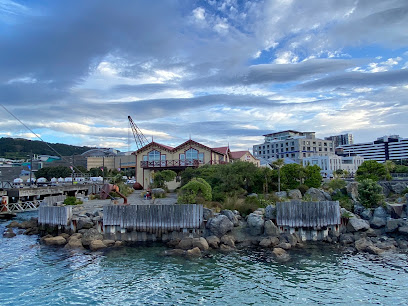
Pukeahu National War Memorial Park
Experience the serenity and history of Pukeahu National War Memorial Park, a tribute to New Zealand's soldiers, located in Wellington.
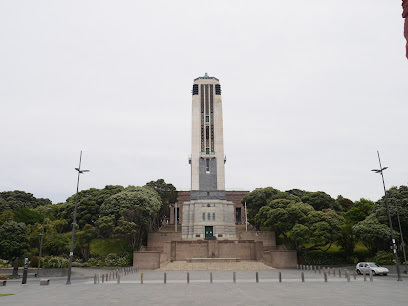
The Opera House
Discover the architectural beauty and vibrant performances at Wellington's iconic Opera House, a cultural hub for music and arts enthusiasts.
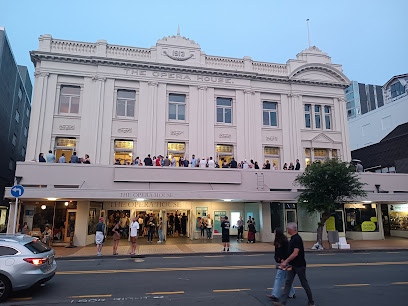
Old St Paul's
Explore Old St Paul's, a stunning Anglican church in Wellington, showcasing exquisite architecture, rich history, and vibrant cultural events.
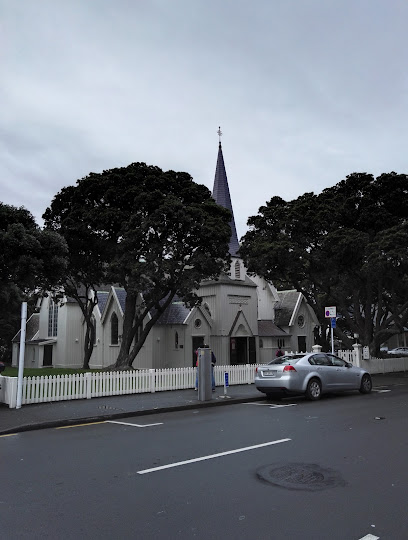
Frank Kitts Park
Discover the beauty of Frank Kitts Park, a lush urban oasis on Wellington's waterfront, perfect for picnics, play, and scenic strolls.
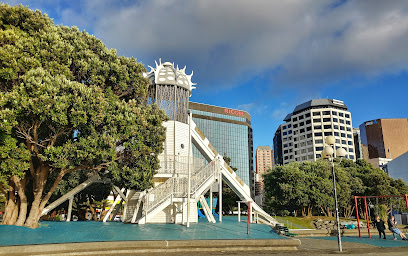
Unmissable attractions to see
Museum of New Zealand Te Papa Tongarewa
Dive into New Zealand's heritage at Te Papa Tongarewa, the ultimate museum experience in Wellington, showcasing culture, history, and nature.
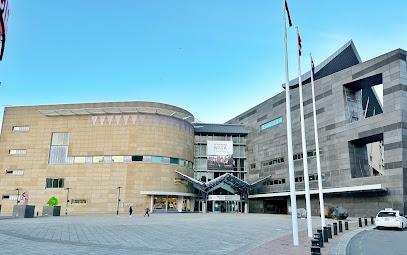
Wellington Botanic Garden
Explore the Wellington Botanic Garden, a lush sanctuary filled with diverse flora, stunning landscapes, and rich history in New Zealand's capital city.
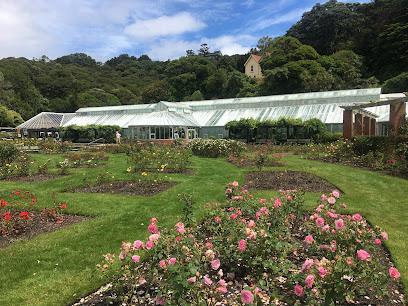
Wellington Cable Car
Explore Wellington from the skies with the iconic Cable Car, offering stunning views and access to the city's lush landscapes.
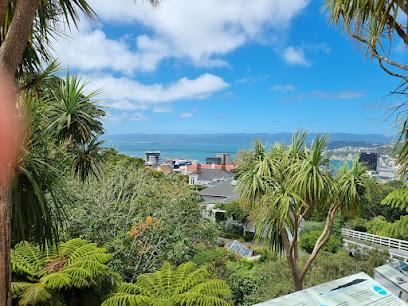
Mount Victoria Lookout
Experience the stunning panoramic views of Wellington from Mount Victoria Lookout, a must-visit tourist attraction in New Zealand's vibrant capital.
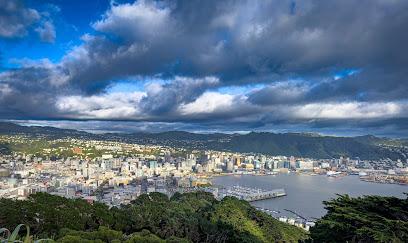
Wellington Zoo
Explore Wellington Zoo: A premier destination for wildlife lovers, featuring over 500 animals and a commitment to conservation and education in New Zealand.
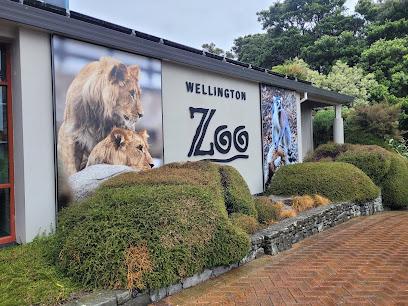
Zealandia Te Māra a Tāne
Explore Zealandia Te Māra a Tāne, Wellington's premier wildlife sanctuary, where native flora and fauna thrive in a stunning natural setting.
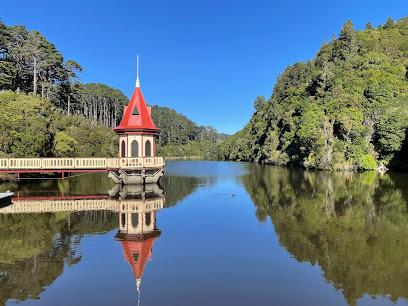
Sky Stadium
Experience the thrill of live sports and events at Sky Stadium, Wellington's premier venue for rugby, soccer, and unforgettable entertainment.
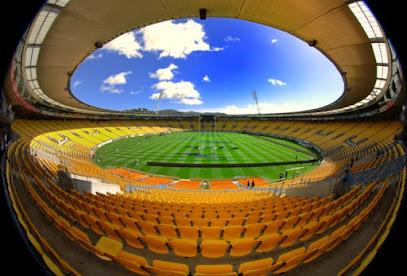
Weta Cave
Explore Weta Cave in Wellington, where movie magic comes to life with interactive exhibits and behind-the-scenes tours celebrating the art of filmmaking.
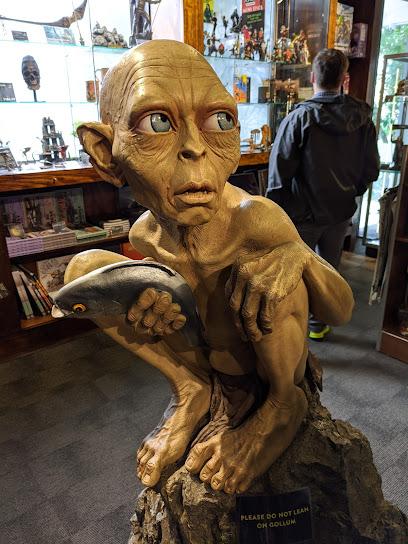
Embassy Theatre
Discover the stunning architecture and cinematic charm of the Embassy Theatre in Wellington, a must-visit for film lovers and culture enthusiasts alike.
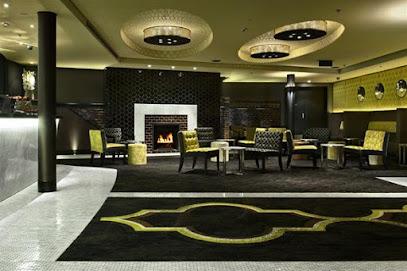
Wellington Museum
Explore Wellington's maritime heritage and cultural history at the Wellington Museum, a captivating and educational experience on the waterfront.
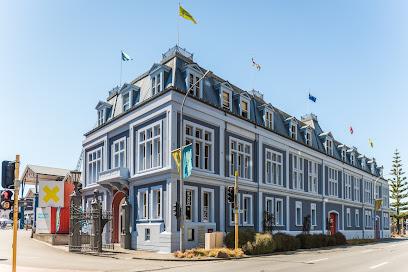
Wellington Waterfront Walk
Discover the charm of Wellington Waterfront Walk, a scenic route lined with art, cafes, and stunning harbor views, perfect for all travelers.
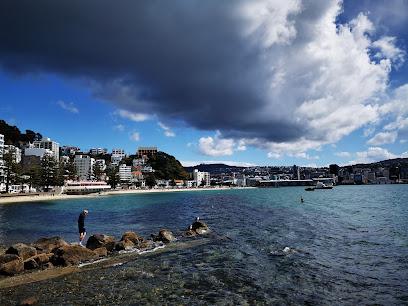
Staglands Wildlife Reserve & Café
Explore Staglands Wildlife Reserve & Café for an unforgettable wildlife experience in the breathtaking Akatarawa Valley, Upper Hutt, New Zealand.
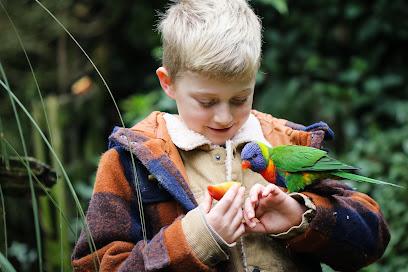
Southward Car Museum
Explore the captivating Southward Car Museum in Paraparaumu, home to an extensive collection of over 400 historic and classic vehicles.
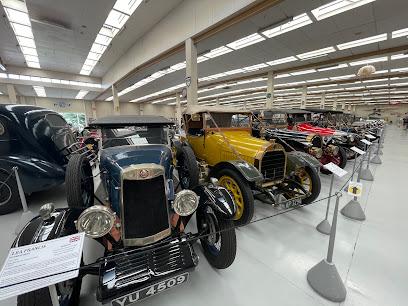
The Roxy Cinema
Discover the iconic Roxy Cinema in Wellington, where cinematic history meets modern dining and vibrant entertainment, all in one stunning venue.
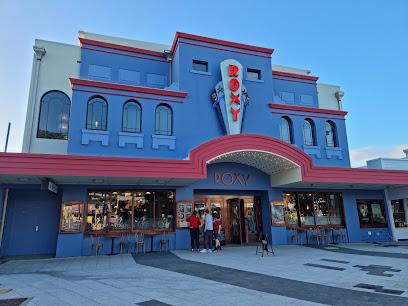
Space Place at Carter Observatory
Visit Space Place at Carter Observatory in Wellington for an unforgettable journey through the universe with interactive exhibits and stunning planetarium shows.
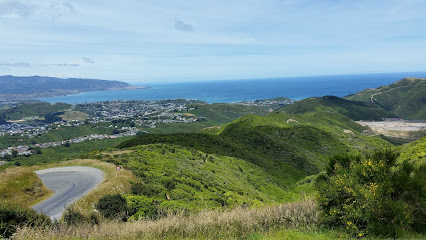
Essential places to dine
Southern Cross Garden Bar Restaurant
Discover Wellington's vibrant culture at Southern Cross Garden Bar Restaurant - a culinary gem offering live music and delicious local cuisine.
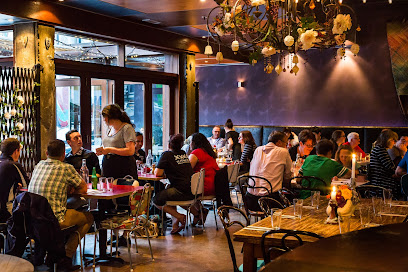
Sweet Mother's Kitchen
Experience authentic Southern cuisine with a Cajun twist at Sweet Mother's Kitchen in Wellington - a must-visit culinary destination!
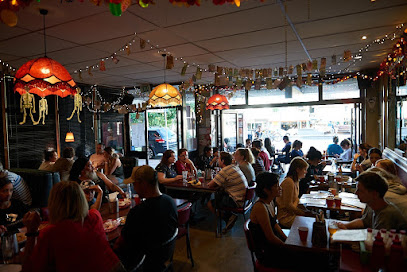
Burger Liquor
Discover Wellington's culinary gem at Burger Liquor—where gourmet burgers meet vibrant bar vibes in a lively atmosphere.
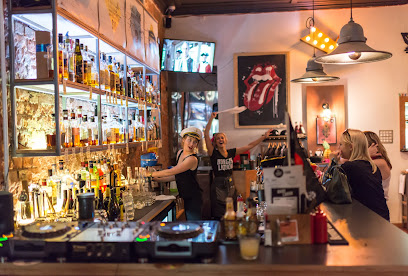
Charley Noble
Experience the finest steaks and vibrant atmosphere at Charley Noble, Wellington's premier steakhouse and bar.
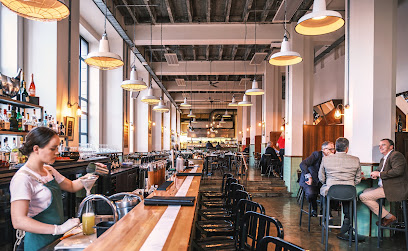
Dockside Restaurant & Bar
Experience Wellington's vibrant waterfront dining at Dockside Restaurant & Bar – where fresh seafood meets stunning views in an elegant setting.
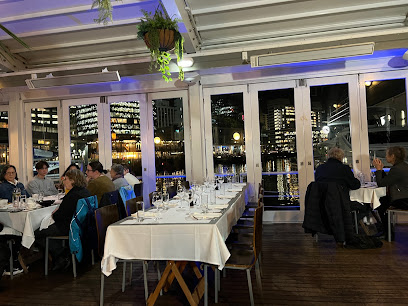
Ombra
Experience authentic Italian cuisine at Ombra in Te Aro, Wellington - where every dish tells a story.
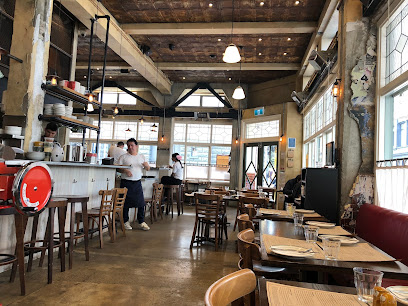
Mr Go's
Discover the vibrant flavors of Asia at Mr Go's – Wellington's premier Pan Asian restaurant offering an unforgettable dining experience.
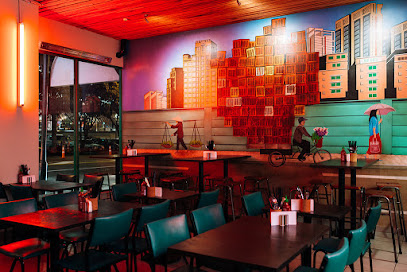
El Matador
Experience authentic Argentinian flavors at El Matador in Wellington – where every dish tells a story!
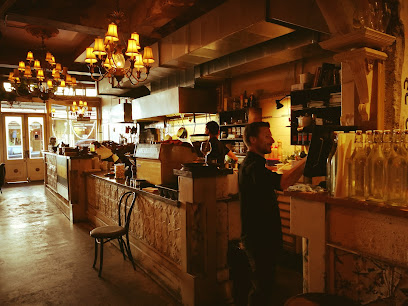
Loretta
Experience exquisite Mediterranean cuisine at Loretta in Wellington's Te Aro district – where local flavors meet culinary creativity.
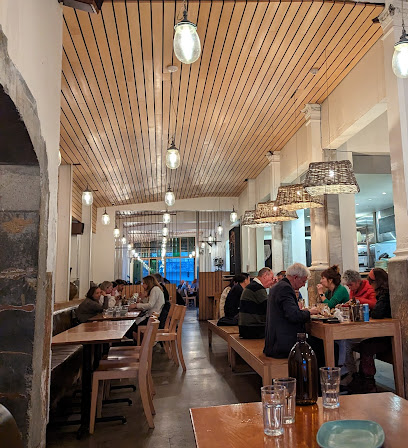
Coene's Bar & Eatery
Discover Coene's Bar & Eatery: Wellington’s waterfront gem serving delightful local cuisine in a vibrant setting.
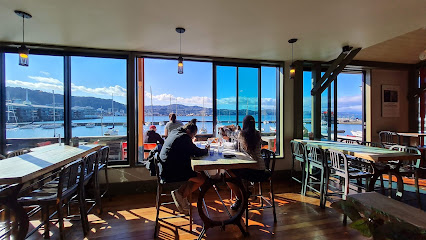
St Johns Bar and Restaurant
Discover the perfect blend of modern cuisine and classic bar ambiance at St Johns Bar and Restaurant in Wellington's vibrant Te Aro district.
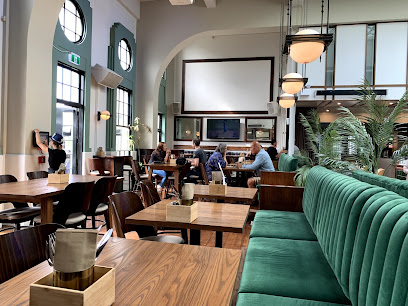
Apache Restaurant
Experience the exquisite blend of Vietnamese and French cuisine at Apache Restaurant in Wellington's vibrant Te Aro district.
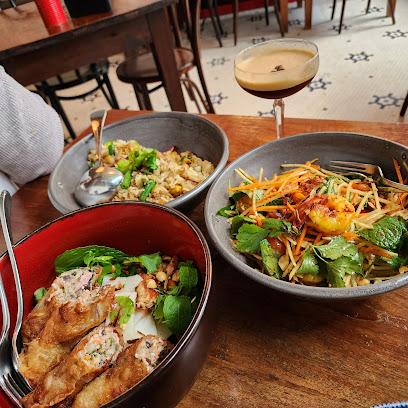
Pravda Cafe & Grill
Experience the best of modern European cuisine at Pravda Cafe & Grill in Wellington - where flavor meets comfort in every bite.

The Old Quarter
Experience authentic Vietnamese cuisine at The Old Quarter in Wellington - where every dish tells a story of flavor and tradition.
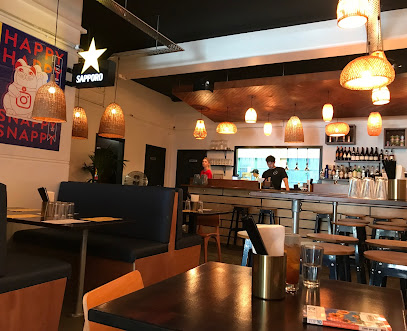
Ortega海鲜西餐厅
Discover Ortega Seafood Restaurant in Wellington: A premier destination for fresh seafood and exquisite dining experiences.
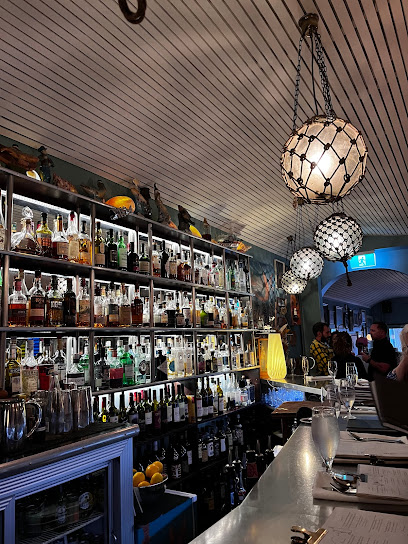
Markets, malls and hidden boutiques
Te Papa Store
Explore the Te Papa Store in Wellington for unique New Zealand souvenirs and gifts that celebrate the culture, art, and beauty of Aotearoa.
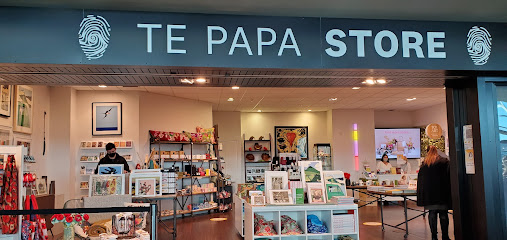
Unity Books
Discover the charm of Unity Books in Wellington, an independent bookstore filled with a diverse collection of literature and a welcoming atmosphere.
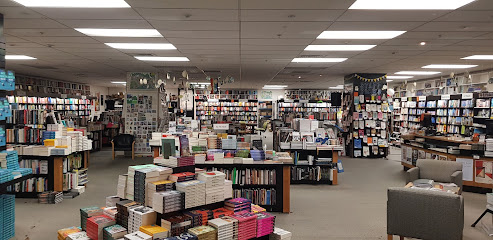
The Warehouse Wellington
Discover a diverse shopping experience at The Warehouse Wellington, your ultimate destination for clothing, home goods, toys, and more in the heart of Te Aro.

Recycle Boutique
Explore unique, sustainable fashion at Recycle Boutique in Wellington, where every piece tells a story.
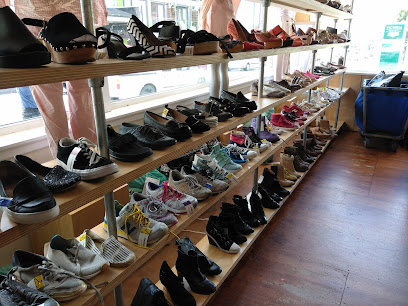
Souvenir Factory Shop
Explore authentic New Zealand gifts at Souvenir Factory Shop, where local crafts meet unforgettable memories.
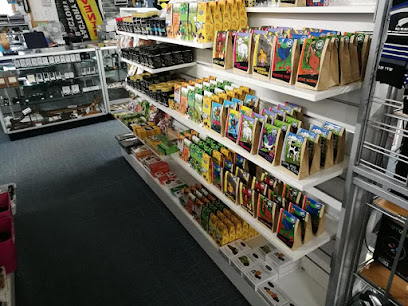
Iko Iko
Explore Iko Iko, Wellington's charming gift shop, featuring unique, handcrafted treasures that embody New Zealand's creativity and spirit.
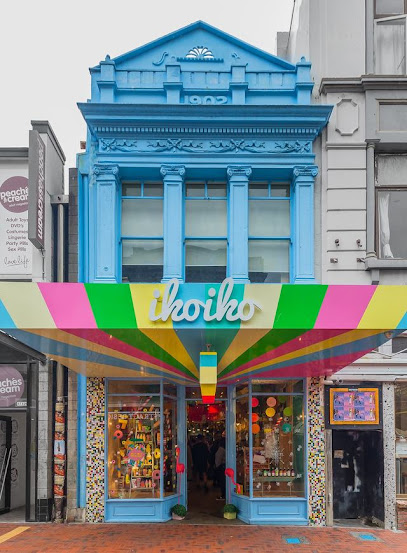
Good As Gold
Explore Good As Gold in Wellington, a boutique clothing store offering unique fashion and footwear for men and women, reflecting the local style.

Welly Collective on Courtenay
Explore Welly Collective on Courtenay for unique Kiwi crafts, from handmade jewelry to stunning art prints, all crafted by local artisans.

Spacesuit
Discover timeless vintage fashion and unique accessories at Spacesuit in Wellington, a must-visit for style enthusiasts.
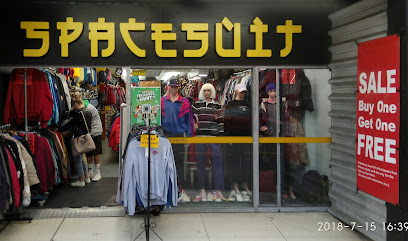
Hunters & Collectors
Explore unique retro clothing and local art at Hunters & Collectors, a vibrant shopping destination in Wellington's cultural heart.
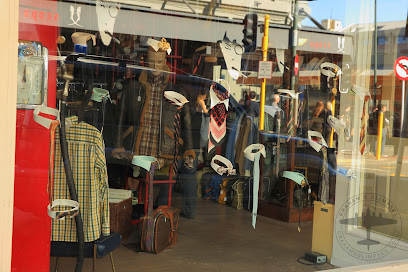
Kura Gallery
Explore Kura Gallery in Wellington for unique local art and handmade gifts that embody the spirit and creativity of New Zealand.
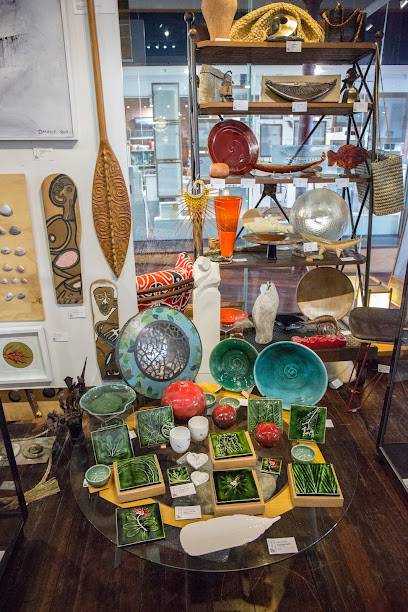
Tea Pea
Explore Tea Pea, a charming home goods store in Wellington Central, featuring unique gifts, baby clothing, and stylish accessories that capture local flair.
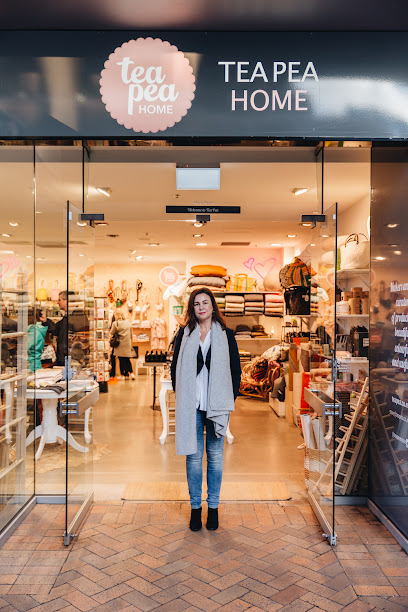
Coco Wellington
Discover unique fashion pieces at Coco Wellington, your ultimate clothing store in the heart of Te Aro, Wellington.
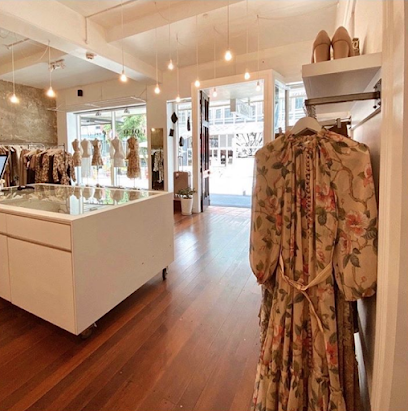
David N White Gallery
Explore the eclectic charm of David N White Gallery in Wellington, where rare books, vintage records, and unique antiques await every treasure hunter.
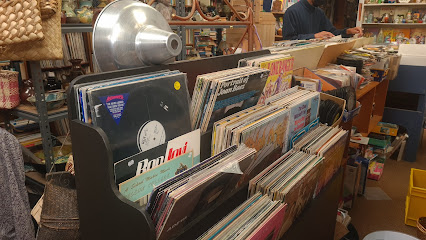
Possum Boutique
Explore the luxurious world of possum fur fashion at Possum Boutique in Wellington – a unique shopping experience awaits!
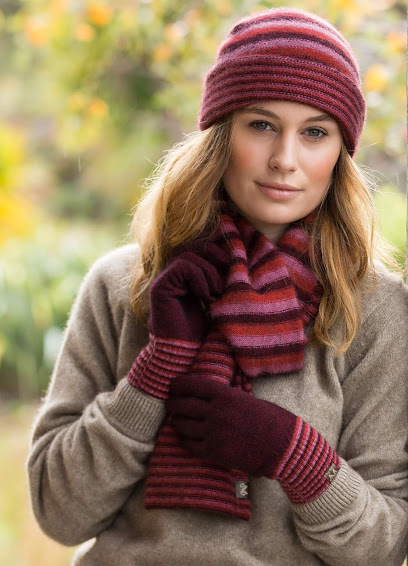
Essential bars & hidden hideouts
The Rogue & Vagabond
Experience the vibrant nightlife of Wellington at The Rogue & Vagabond, where delicious pizzas and live music come together in a welcoming atmosphere.
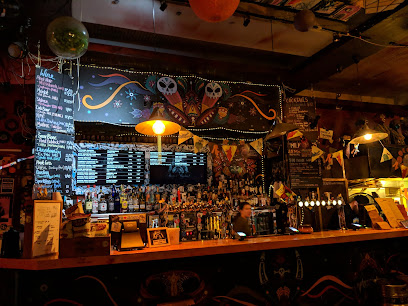
The Library
Discover The Library in Wellington, where innovative cocktails, sumptuous tapas, and live music come together in a uniquely vibrant atmosphere.
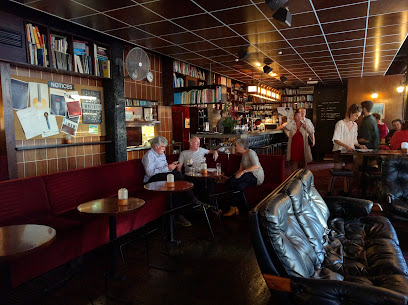
The Green Man Pub
Experience the warmth of Irish hospitality at The Green Man Pub in Wellington, featuring delicious cuisine, crafted cocktails, and live music.
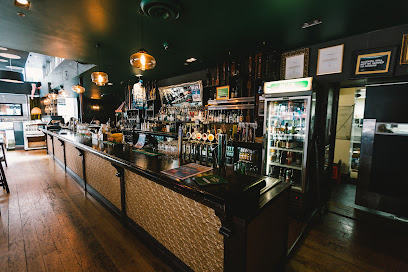
Little Beer Quarter
Experience the vibrant craft beer scene and delicious local cuisine at Wellington's Little Beer Quarter, a favorite spot for tourists and locals alike.
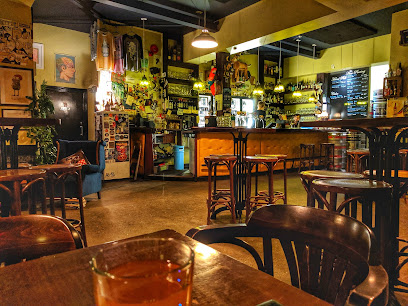
Dirty Little Secret
Experience the vibrant atmosphere and local flavors at Dirty Little Secret, Wellington's hidden gem for food and drinks.
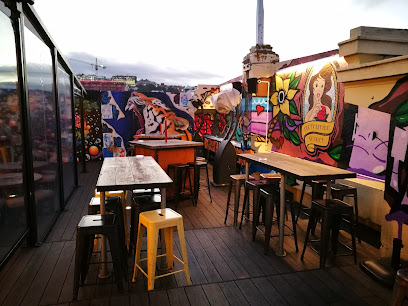
The Arborist Rooftop Bar
Discover The Arborist Rooftop Bar in Wellington – where stunning views meet innovative cocktails and delightful cuisine for an unforgettable experience.
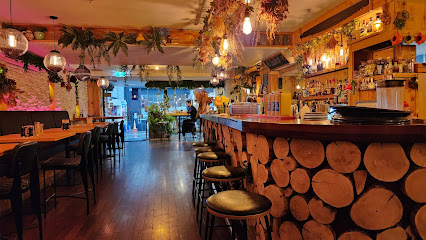
Golding's Free Dive
Discover Golding's Free Dive in Te Aro, Wellington - a local gem for craft beer lovers and a vibrant social hub.
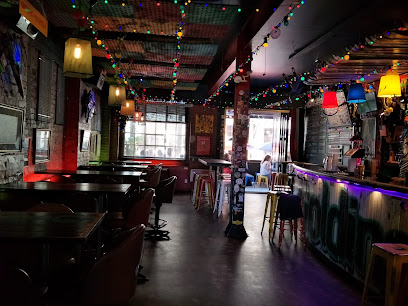
Havana Bar
Experience the lively ambiance and delectable cuisine of Havana Bar, a top destination in Wellington for food and fun.
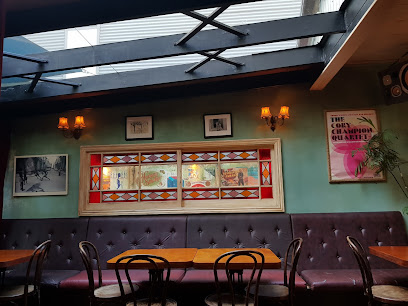
Hawthorn Lounge
Discover exquisite cocktails and a chic atmosphere at Hawthorn Lounge, Wellington's premier cocktail bar for an unforgettable experience.
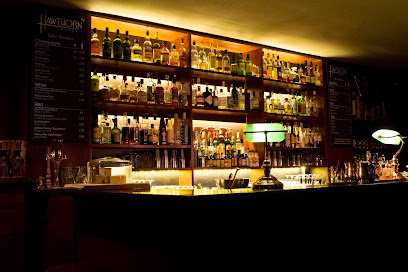
The Residence
Discover The Residence in Wellington: A vibrant bar with craft drinks, pool tables, and a lively atmosphere perfect for tourists.
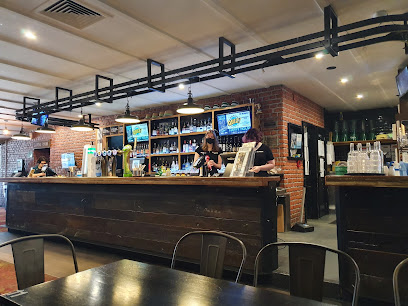
Hanging Ditch
Discover Hanging Ditch, Wellington's premier cocktail bar, known for its innovative drinks and cozy atmosphere, perfect for all cocktail lovers.

Crumpet
Discover Crumpet, Wellington's vibrant cocktail bar with creative drinks and a cozy atmosphere perfect for any night out.
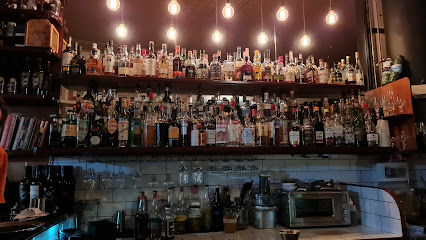
Poquito Bar Wellington
Discover Poquito Bar in Wellington, a cocktail oasis with live music and a vibrant atmosphere perfect for an unforgettable night out.
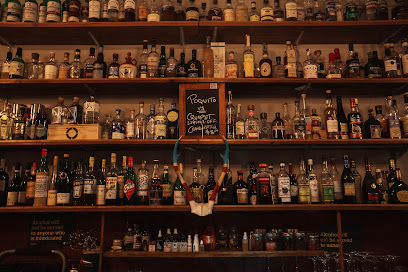
Night Flower Punch House
Discover the vibrant fusion of creative cocktails and vegan cuisine at Night Flower Punch House in Wellington, a must-visit for every traveler.
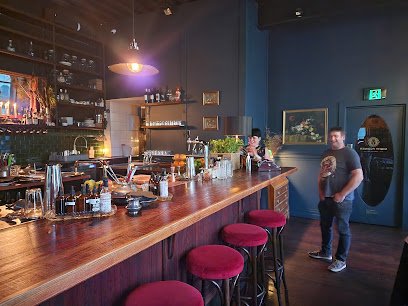
Leroy's
Discover the lively atmosphere of Leroy's in Wellington, featuring delicious food, live music, and thrilling amusement machines for a memorable night out.
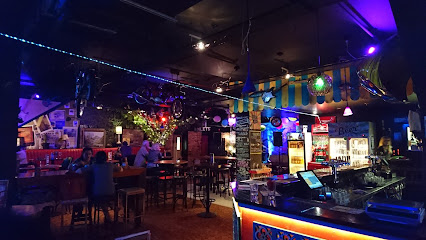
Local Phrases
-
- HelloKia ora
[key-ah or-ah] - GoodbyeHaere rā
[high-ree rah] - YesĀe
[eye] - NoKāore
[kah-or-eh] - Please/You're welcomeWhakawhetai
[fah-kah-feh-tie] - Thank youNgā mihi
[nah mee-hee] - Excuse me/SorryAroha mai
[ah-roh-hah my] - How are you?Kei te pēhea koe?
[key teh pay-hah ko-eh] - Fine. And you?Māmā. Ā koe?
[mah-mah. eye ko-eh] - Do you speak English?Kōrero koe i te reo Pākehā?
[core-eh-roe ko-eh ee teh reh-oh pah-keh-ha] - I don't understandKaore au e mohio
[kah-or-eh ow eh moh-hee-oh]
- HelloKia ora
-
- I'd like to see the menu, pleaseMe tirohia te wharangi kai, ki te pai
[meh tee-raw-hee-ah teh fah-rung-ee kye, kee teh pie] - I don't eat meatKaore au e kai mīti
[kah-or-eh ow eh kye mee-tee] - Cheers!Ki a koe!
[kee ah kyo-eh] - I would like to pay, pleaseMe utu, ki te pai
[meh oo-too, kee teh pie]
- I'd like to see the menu, pleaseMe tirohia te wharangi kai, ki te pai
-
- Help!Āwhina!
[eye-fee-nah] - Go away!Haere atu!
[high-ree ah-too] - Call the Police!Waea atu ki te Pirihimana!
[wah-eh-ah ah-too kee teh pee-ree-hee-mah-nah] - Call a doctor!Waea atu ki te Tohunga!
[wah-eh-ah ah-too kee teh toe-hung-ah] - I'm lostI wareware ahau
[ee wah-reh-wah-reh ah-how] - I'm illKei te māuiui au
[key teh mah-oo-ee-oo-ee ow]
- Help!Āwhina!
-
- I'd like to buy...Me hoko...
[meh haw-kaw] - I'm just lookingKei te titiro anō au
[key teh tee-tee-raw ah-noh ow] - How much is it?He aha te utu?
[heh ah-ha teh oo-too] - That's too expensiveHe rawa teitei rawa
[heh rah-wah teh-ee-teh-ee rah-wah] - Can you lower the price?Taea e koe te whakaiti i te utu?
[tie-yah eh ko-eh teh fah-ky-tee ee teh oo-too]
- I'd like to buy...Me hoko...
-
- What time is it?He aha te wā?
[heh ah-ha teh wah] - It's one o'clockKotahi karaka
[kaw-tah-hee kah-rah-kah] - Half past (10)Tekau mā rima
[teh-kaw mah ree-mah] - MorningAhiahi
[ah-hee-ah-hee] - AfternoonAhiahi
[ah-hee-ah-hee] - EveningPō
[paw] - YesterdayInānei
[ee-nah-nay] - TodayĀpōpō
[ah-paw-paw] - TomorrowĀpōpō
[ah-paw-paw] - 1Tahi
[tah-hee] - 2Rua
[roo-ah] - 3Toru
[toh-roo] - 4Whā
[fah] - 5Rima
[ree-mah] - 6Ono
[aw-noh] - 7Whitu
[fee-too] - 8Waru
[wah-roo] - 9Iwa
[ee-wah] - 10Tekau
[teh-kaw]
- What time is it?He aha te wā?
-
- Where's a/the...?Kei hea te...?
[key hey-ah teh] - What's the address?He aha te wāhitau?
[heh ah-ha teh wah-hee-tow] - Can you show me (on the map)?Taea e koe te whakaatu mai i ahau (i runga i te mahere)?
[tie-yah eh ko-eh teh fah-kah-ah-too my ee ah-how (ee roong-ah ee teh mah-heh-reh)] - When's the next (bus)?Āhea te āhua (pahi) e tū mai?
[eye-heh teh ah-hoo-ah (pah-hee) eh too my] - A ticket (to ....)He tika (ki ....)
[heh tee-kah (kee ....)]
- Where's a/the...?Kei hea te...?
History of Wellington
-
Wellington, named after the first Duke of Wellington, was officially founded in 1839 by the New Zealand Company. The city was initially settled by British colonists and quickly became an important port and commercial center. The city's founding marked the beginning of its transformation from a sparsely populated area to the vibrant capital of New Zealand.
-
Before European colonization, the area where Wellington now stands was home to several Māori iwi (tribes), including Te Āti Awa, Ngāti Toa, and Ngāti Ruanui. The Te Aro Pā, a fortified village located in what is now central Wellington, was a significant settlement. Māori culture and history are deeply intertwined with the city's identity, and many sites of historical significance remain, including the preserved Kumototo Stream and the Pukeahu National War Memorial Park.
-
On January 23, 1855, Wellington experienced one of the most significant earthquakes in New Zealand's history. The magnitude 8.2 Wairarapa Earthquake caused extensive damage throughout the region, reshaping the landscape and leading to the uplift of the Wellington coastline. The earthquake highlighted the geological activity of the region and led to advancements in engineering and building practices that continue to influence the city's architecture.
-
In 1865, Wellington was officially named the capital of New Zealand, replacing Auckland. The decision was influenced by Wellington's central location and its well-established port. The move of the government to Wellington solidified its status as a political and administrative hub, resulting in significant urban development and the construction of iconic buildings such as the Government Buildings, the Beehive, and the Parliament House.
-
The Wellington Cable Car, opened in 1902, is a historic funicular railway that connects Lambton Quay with the suburb of Kelburn. The cable car quickly became an iconic feature of the city, providing residents and visitors with stunning views of Wellington Harbour and facilitating the growth of suburban areas. Today, the cable car remains a popular tourist attraction and a symbol of Wellington's innovative spirit.
-
Opened in 1998, Te Papa Tongarewa, the Museum of New Zealand, represents a cultural renaissance for Wellington. The museum is a cornerstone of the city's cultural landscape, showcasing New Zealand's natural history, Māori culture, and contemporary art. Te Papa is a testament to Wellington's commitment to preserving and celebrating its diverse heritage, making it a must-visit destination for anyone interested in the country's history and culture.
-
In recent decades, Wellington has earned the nickname 'Wellywood' thanks to its burgeoning film industry. The city is home to Weta Workshop and Weta Digital, both of which gained international fame for their work on films such as 'The Lord of the Rings' trilogy and 'Avatar.' The film industry has brought economic growth and global recognition to Wellington, making it a creative hub and attracting tourists from around the world eager to visit filming locations and studios.
Wellington Essentials
-
Wellington is well-connected by air, sea, and land. The primary gateway is Wellington International Airport, located approximately 8 kilometers from the city center. Direct flights are available from major cities in New Zealand, Australia, and some Pacific Islands. For those traveling by ferry, the Interislander and Bluebridge ferries provide service between Wellington and Picton, offering scenic journeys through the Cook Strait. Alternatively, you can reach Wellington by car or bus via State Highway 1 or by train on the Northern Explorer route from Auckland.
-
Wellington boasts a comprehensive public transportation system, including buses, trains, and ferries. The Metlink network covers the greater Wellington region, with frequent services to most suburbs. The city's compact size makes it easy to explore on foot, and there are also plenty of taxis and rideshare services like Uber. For a more scenic route, take the Wellington Cable Car from Lambton Quay to the Kelburn lookout. Rental cars and bikes are available for those looking to explore further afield.
-
The currency in New Zealand is the New Zealand Dollar (NZD). Credit and debit cards are widely accepted, and contactless payments are common. ATMs are readily available throughout Wellington. While most establishments accept cards, it's advisable to carry some cash for smaller purchases or in case you visit markets and smaller businesses that may not accept cards.
-
Wellington is generally a safe city for tourists, but it's important to remain vigilant, especially in crowded places and at night. Areas like Courtenay Place and Cuba Street are popular nightlife spots and can get lively, so keep an eye on your belongings. Avoid poorly lit areas and be cautious in less frequented neighborhoods. Always use licensed taxis or rideshare services for late-night travel.
-
In case of an emergency, dial 111 for police, fire, or medical assistance. Wellington has several hospitals, including Wellington Regional Hospital and Kenepuru Hospital, which provide emergency medical services. Pharmacies are also widely available for minor health issues. It's advisable to have travel insurance that covers medical emergencies. For non-urgent assistance, you can visit a local medical clinic.
-
Fashion: Do dress in layers, as Wellington's weather can be unpredictable. Casual attire is generally acceptable, but dress smartly if you plan to dine at upscale restaurants. Religion: Do respect places of worship and cultural sites. Remove your hat and avoid loud conversations when visiting these places. Public Transport: Do use your Snapper card for easy payment on public transport. Don't eat or drink on buses and trains. Greetings: Do greet people with a friendly 'hello' or 'kia ora'. A handshake is common in formal settings. Eating & Drinking: Do try local specialties like fish and chips, and the coffee culture is a must-experience. Don't tip, as it is not customary in New Zealand.
-
To experience Wellington like a local, visit the Sunday Harbourside Market for fresh produce and artisanal goods. Take a stroll along the Wellington waterfront or hike up Mount Victoria for panoramic views of the city. Engage with locals at cafes and bars; Wellingtonians are known for their friendliness and love to share their city's secrets. Don't miss Te Papa Tongarewa, the national museum, for an immersive experience in New Zealand's culture and history. For a unique local experience, catch an independent film at the Embassy Theatre or take a tour of the Weta Workshop, the creative powerhouse behind many blockbuster films.
Trending Landmark in Wellington
-
Museum of New Zealand Te Papa Tongarewa
-
Wellington Botanic Garden
-
Wellington Cable Car
-
Mount Victoria Lookout
-
Zealandia Te Māra a Tāne
-
Wētā Cave
-
Wellington Museum
-
Wellington Waterfront Walk
-
TSB Arena
-
Cable Car Museum
-
City Gallery Wellington
-
Pukeahu National War Memorial Park
-
The Opera House
-
Old St Paul's
-
Frank Kitts Park
Nearby Cities to Wellington
-
Things To Do in Blenheim
-
Things To Do in Masterton
-
Things To Do in Palmerston North
-
Things To Do in Nelson
-
Things To Do in Whanganui
-
Things To Do in Kaikoura
-
Things To Do in New Plymouth
-
Things To Do in Napier
-
Things To Do in Christchurch
-
Things To Do in Taupo
-
Things To Do in Greymouth
-
Things To Do in Rotorua
-
Things To Do in Hamilton
-
Things To Do in Gisborne
-
Things To Do in Tauranga













